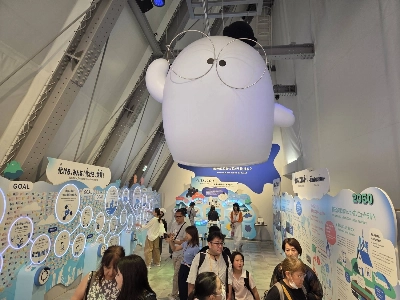From "Lost in Translation" to the Japanese-inspired aesthetics of "Blade Runner," Tokyo’s image overseas has long been one of skyscrapers jutting into the sky.
But it’s easy to forget that it was only recently that the capital developed vertically. In September 1964, ahead of the Tokyo Olympic Games, American skylines had long been dominated by decades-old landmarks such as the Empire State and Chrysler Buildings. But the tallest structure in Tokyo was the nine-story National Diet Building, erected in 1936 after a 55-year design period.
Until the 1960s, Japan had strict prohibitions on developments higher than 31 meters (around 100 feet), a provision that kept cities dense but low. It wasn’t until 1968 that the first skyscraper was even constructed, the 36-floor Kasumigaseki Building. The structure, which still stands today, was seen as a symbol of the "city of the future,” as postwar Tokyo sought to brand itself.


















With your current subscription plan you can comment on stories. However, before writing your first comment, please create a display name in the Profile section of your subscriber account page.